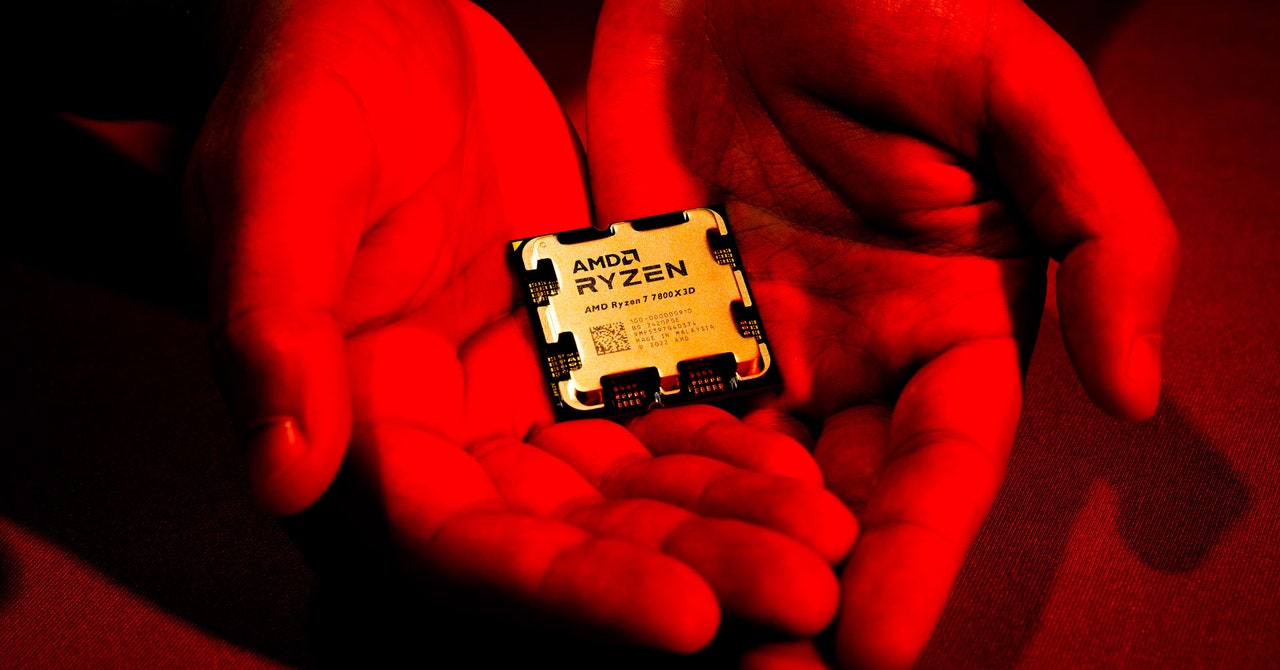Yeah, and to exploit it you need ring0 access in the kernel.
In other words, this isn’t an attack vector, it’s an escalation path. It escalates past the kernel, which is terrible to be sure, but if a hacker manages to get that deep in the first place, your system is already fucked.
Requires ring 0 access to the system in the first place. So for any normal user it’s a nothing burger
Not quite a nothingburger
Nissim and Okupski note that exploiting the bug would require hackers to already have obtained relatively deep access to an AMD-based PC or server, but that the Sinkclose flaw would then allow them to plant their malicious code far deeper still. In fact, for any machine with one of the vulnerable AMD chips, the IOActive researchers warn that an attacker could infect the computer with malware known as a “bootkit” that evades antivirus tools and is potentially invisible to the operating system, while offering a hacker full access to tamper with the machine and surveil its activity.
Woudn’t secure boot catch this as long as you don’t have one of the boards with the do not use key.
I know, but this requires a supply chain attack - not a likely thing to happen,
This does not require a supply chain attack, just a user ignorantly clicking yes on a UAC prompt. After which the machine is forever compromised, even after replacing ssds / hdds.
Wouldn’t it be fixed by wiping the drives and re flashing the bios ? (Or the opposite order)
From my understanding it allows malicious code to be installed in protected memory on the CPU itself, so you can’t get rid of it once it’s there without a lot of extra work
Not entirely a nothing burger, I think. If there’s any truth to the anti-cheat outrage, there’s a large population of average joes handing out ring 0 access to a growing number of third or fourth party companies for the purpose of kernel level anti-cheat in video games.
Still a supply chain attack or a vulnerability in one of the A/C programs, but not as impossible as we would like it to be.
I really dislike the idea of “needs ring 0 = nothingburger”.
There’s plenty if ways to gain ring 0 access like a user to approving a UAC prompt… Or for an attacker to utilize any number of existing ring 0 escalation vulnerabilities on an unpatched system, or for a UAC bypass to be utilized, or for the attacker to establish a RAT on the system using a tech support scam or similar.
Difficult? Yes!
Only viable via a supply chain attack as some like to suggest? Absolutely not.
deleted by creator
I have a pretty new AMD system I use for gaming. The vast majority of games run in a Windows VM in Proxmox with GPU passthrough with exception to Fortnite which runs directly on hardware on a different boot drive specifically because Easy Anticheat blocks VMs. That dedicated install becomes less and less attractive by the day.





